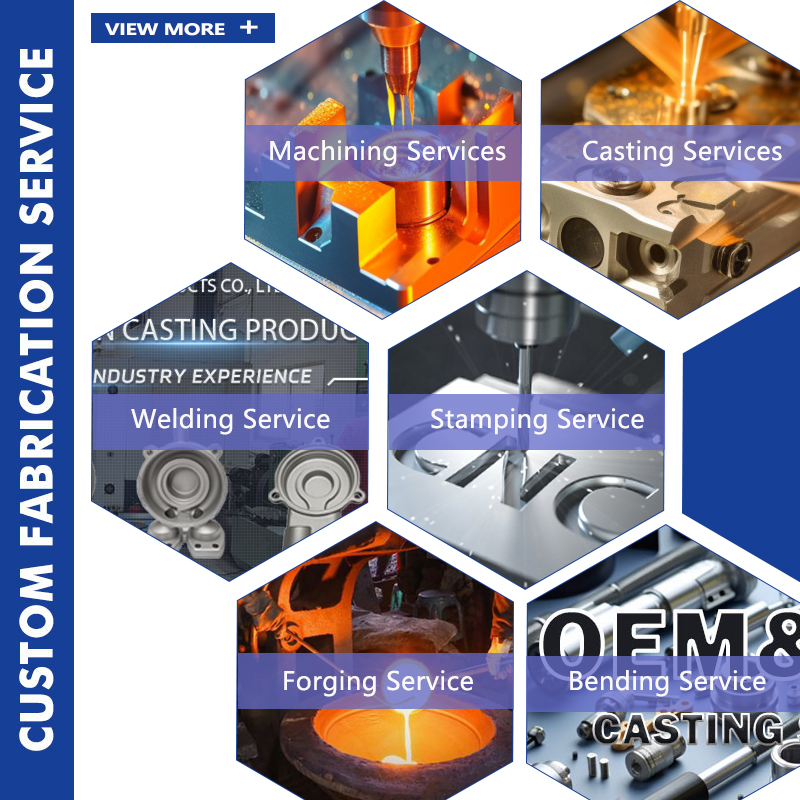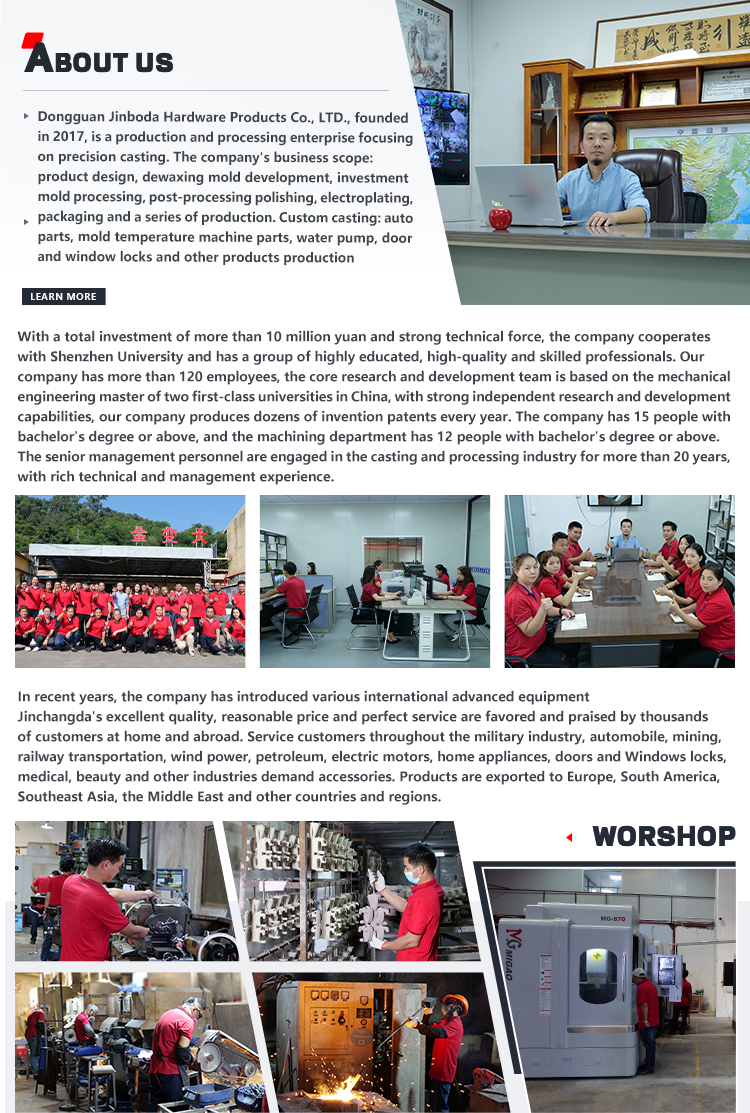




Professional casting is a sophisticated manufacturing process that plays a pivotal role in various industrial sectors. It involves the transformation of molten metal or other materials into desired shapes with high precision and quality.
The fundamental principle of casting lies in pouring liquid material, typically molten metal such as iron, steel, aluminum, copper, or alloys thereof, into a pre-designed mold cavity. The molds, crafted from diverse materials like sand (in sand casting), ceramic (for investment casting), or metal (in die casting), are meticulously engineered to replicate the exact geometry of the final product. Sand casting, one of the most prevalent techniques, offers flexibility in creating complex and large components. It begins with the preparation of a sand mixture, which is compacted around a pattern to form the mold. Once the molten metal is poured and solidifies, the sand mold is broken away to reveal the cast part, suitable for applications ranging from machinery housings to automotive engine blocks.
Investment casting, also known as lost-wax casting, is renowned for its ability to achieve intricate details and smooth surface finishes. The process commences with the creation of a wax pattern, which is then coated with layers of ceramic slurry. After drying and hardening, the wax is melted out, leaving behind a hollow ceramic mold into which the molten metal is poured. This technique is highly favored in industries like aerospace, where precision-engineered turbine blades and other critical components demand the finest quality and detail.






























